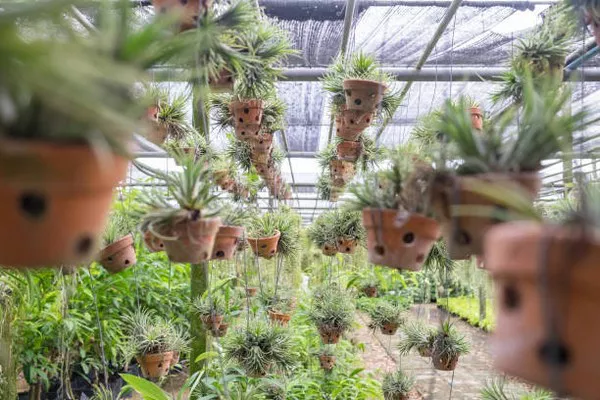Researchers from the Wuhan Botanical Garden of the Chinese Academy of Sciences have conducted a study on the effects of cadmium (Cd) toxicity on the aquatic plant Potamogeton crispus (P. crispus) exposed to different light qualities (white, blue, and red light). The study, titled “Blue Light Enhances Cadmium Tolerance of the Aquatic Macrophyte Potamogeton crispus,” was published in the journal Plants.
Cadmium, a heavy metal found widely in aquatic systems due to phosphorus fertilizer use and industrial discharges, poses a threat to human health. This research aimed to evaluate how Cd toxicity affects P. crispus and understand the underlying mechanisms, especially in the context of different light qualities.
The study found that Cd induced severe adverse morphological changes and reduced physicochemical properties in P. crispus. However, the damage caused by Cd was less pronounced when the plant was exposed to blue light compared to white and red light.
Furthermore, the research revealed that P. crispus grown under blue light experienced lower levels of malondialdehyde (MDA) and superoxide (O2–), indicating reduced oxidative stress compared to plants exposed to white and red light. The study also noted increased ascorbate peroxidase activity and a higher non-photochemical quenching coefficient in leaves, suggesting a connection between these factors and the plant’s increased Cd tolerance under blue light.
This research provides valuable insights into the physiological changes that occur in aquatic plants exposed to Cd toxicity. It has implications for plant protection and ecological restoration efforts, contributing to our understanding of how different environmental factors can impact plant resilience in polluted ecosystems.


